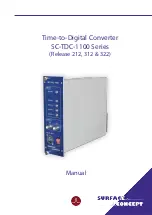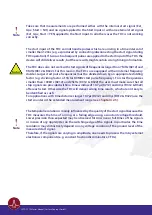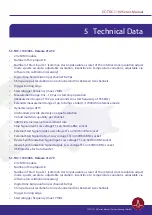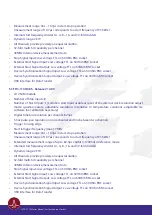
13
SC-TDC-1100 Series Manual
4.2.1 TDC Stop Inputs
The SC-TDC-1100 devices come with 2 (R312), 4 (R322) or 8 (R212) stop input channels. For Releases R312
and 322 all stop signals must be applied as NIM signals to the “stop” inputs (LEMO 00 socket), for Release
R212 as LVTTL signals to the “stop” inputs (BNC socket).
4.2.2 TDC Start Input
An external start signal must be provided to the TDC for real time resolved measurements. The external
start signal must be applied either as a NIM signal to the “start” input (LEMO 00 socket) for Release R312 &
R322 or as LVTTL signal to the “start” input (BNC socket) for Release R212. In addition the software must be
set to accept external start signals, by changing the corresponding entry in the tdc_gpx3.ini file.
The corresponding entry in the tdc_gpx3.ini file is:
Ext_Gpx_Start = X
X is either NO or YES.
The default setting is YES
.
“Ext_Gpx_Start” = YES must be set for the TDC to accept the external start signal.
In addition the following entries in the tdc_gpx3.ini must be set as follows:
StartCounter = YES
StartPeriod = 0x800000
Measurements are performed in respect to an internal start signal of the TDC when “Ext_Gpx_Start” =
NO. This internal start signal has no time correlation to any external clock and therefore also not to the
incoming stops. Any external start signal must be disconnected from the start input of the TDC, when
working with the internal start signal.
The rise time of the start signal is of great importance, the faster the rise time, the better the time resolution.
The maximum frequency of the start pulse must not exceed 9MHz (for R312 & R322) and 7MHz (for R212).
Note
Do not forget to save the ini file after any changes you make and restart the software. For
further information check the software manual.
SC-TDC-1100 Series Manual | Surface Concept GmbH










































